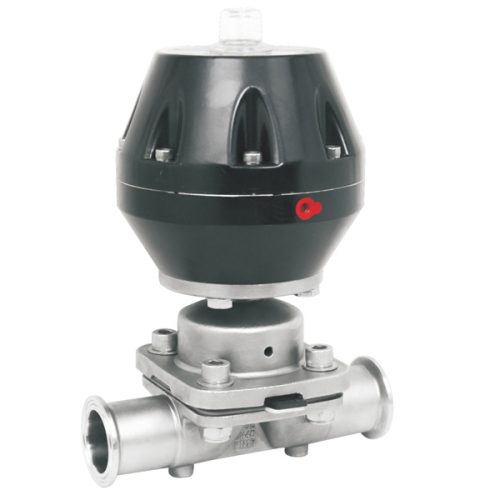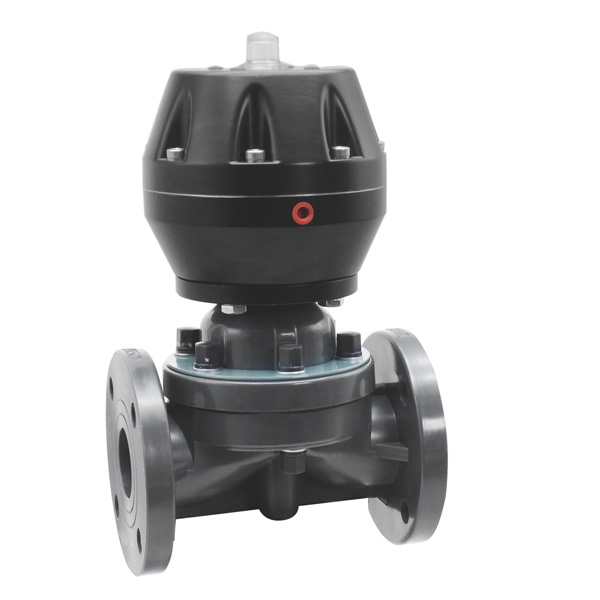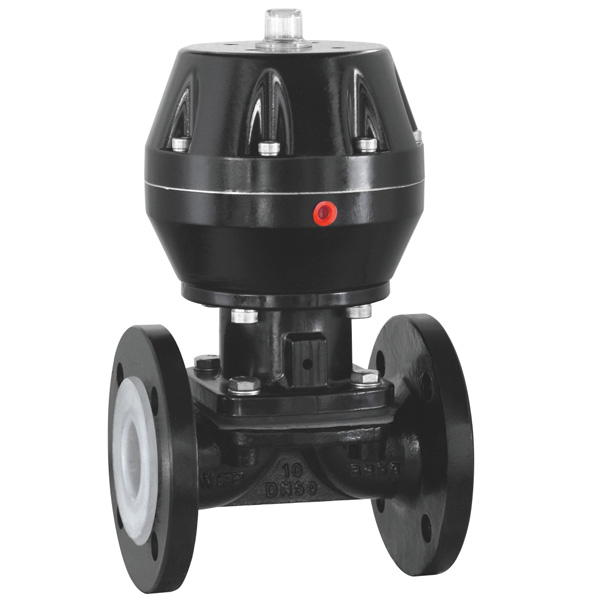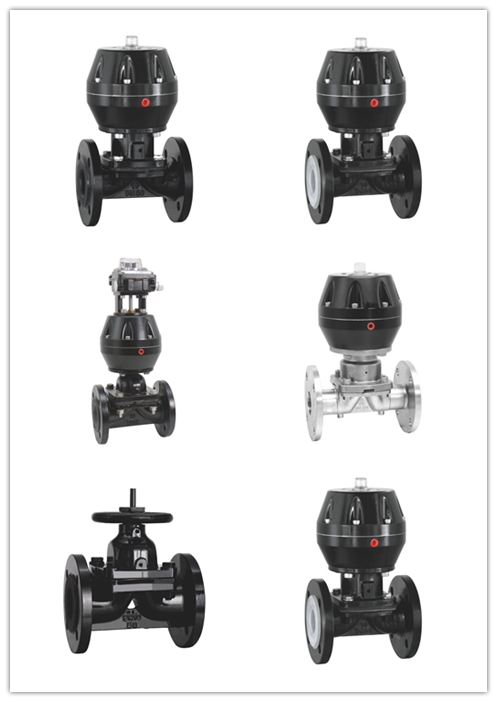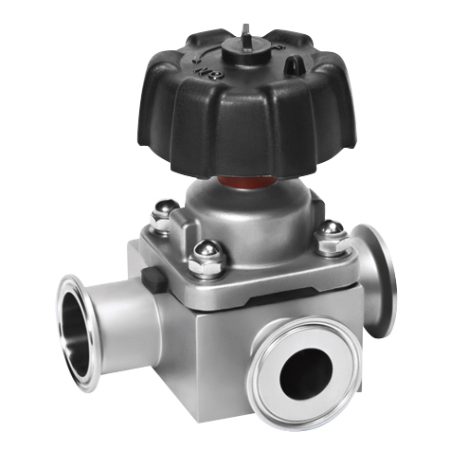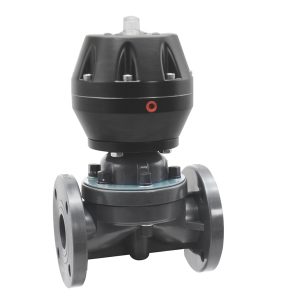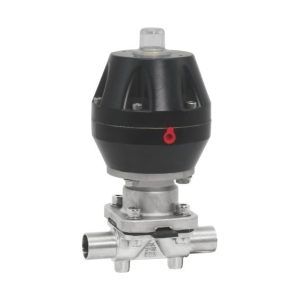Description
EPDM diaphragm valves are built to handle tough environments with ease. Thanks to their exceptional resistance to heat, chemicals, and corrosion, they’re ideal for managing acid and alkali media in the chemical industry, as well as maintaining hygiene in pharmaceuticals and food and beverage production. Whether you need sanitary diaphragm valves, pneumatic diaphragm valves, or adaptable 3-way diaphragm valves, these reliable solutions deliver precise flow control and long-term performance. Backed by trusted diaphragm valve manufacturers
| Body | Stainless steel,CF8,CF8M,CF3M WCB+ EPDM | |
| Diaphragm Material | EPDM, EPDM+PTFE | |
| Size | 1/2”~8” DN15-DN200 | |
| Seat | PTFE,RPTFE | |
| Connection | Flange, ASME B16.34 class 150, PN10, PN16 | |
| Actuator material | Aluminum Alloy | |
| Pressure | PN10 | |
| Air supply pressure | 5.5bar | |
| Pneumatic Actuator | Double acting,Single acting normally closed, acting,Single normally open | |
| Option | solenoid valve,?limit switch box?, filter, E/P positioner, hand wheel | |
FAQ
What are EPDM diaphragm valve?
EPDM diaphragm valves are flow control devices built with Ethylene Propylene Diene Monomer (EPDM) diaphragms. These valves offer excellent resistance to heat, chemicals, and corrosion, making them ideal for demanding industrial applications.
How do EPDM diaphragm valve provide corrosion resistance?
EPDM material is highly resistant to a wide range of harsh chemicals, including acids and alkalis. This corrosion resistance ensures reliable performance and long service life, especially in environments where aggressive substances are present.
Where are EPDM diaphragm valve typically used in the chemical industry?
These valves are commonly used in processes involving acid and alkali media. Their ability to withstand corrosive environments makes them a preferred choice for handling chemical formulations, manufacturing processes, and fluid systems in the chemical industry.
How do EPDM diaphragm valves compare to PTFE or PFA-lined valves?
While PTFE and PFA-lined valves offer excellent resistance to extreme temperatures and aggressive chemicals, EPDM valves balance durability, chemical resistance, and cost-effectiveness. EPDM is particularly suited for handling a broad range of applications without compromising reliability.


